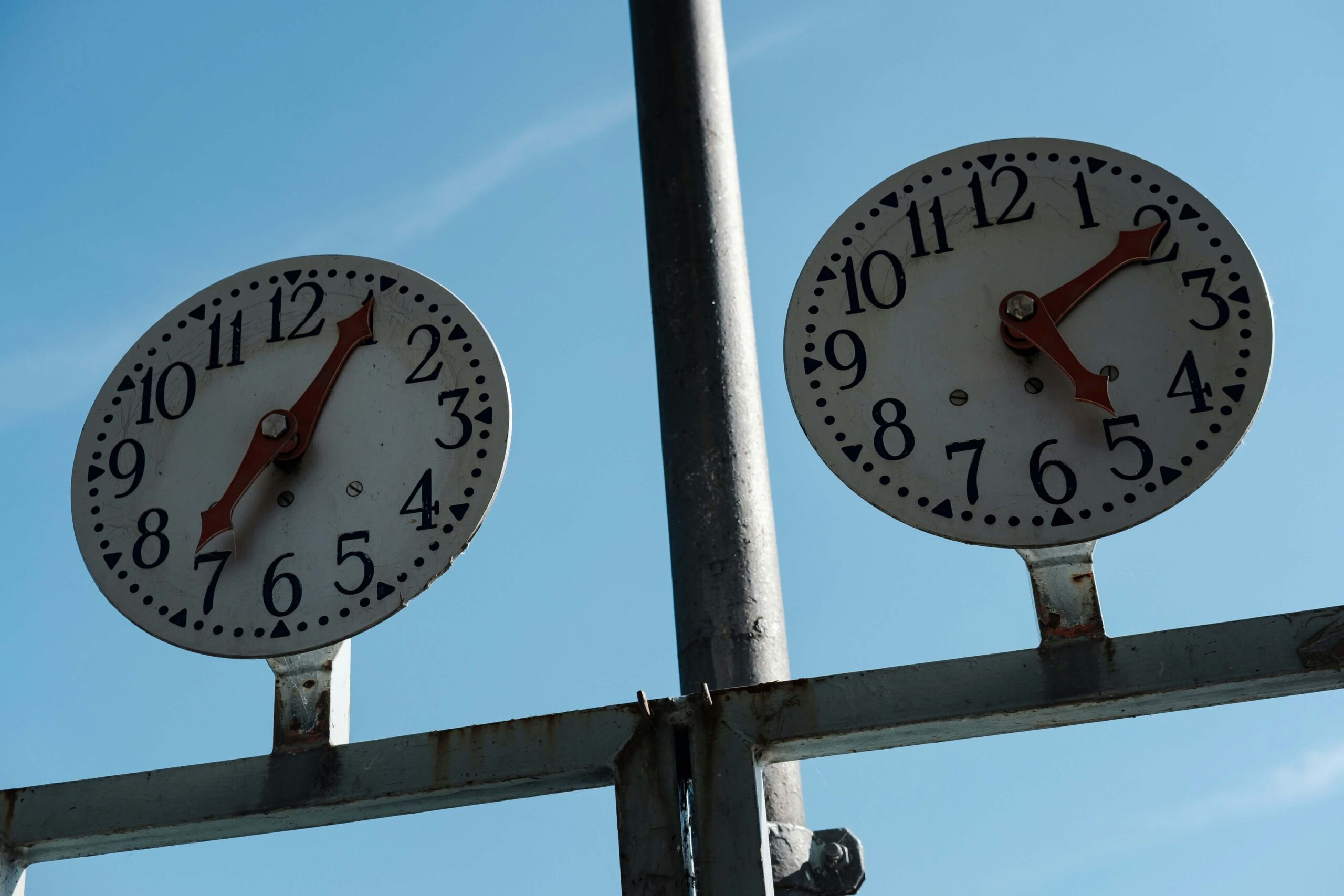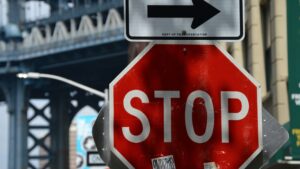Stop signs are among the most recognized traffic signs in the world. But many people still wonder: why are stop signs octagons? Why not circles, rectangles, or triangles? The answer is both historical and practical. In this article, you’ll learn how the octagon shape became the universal signal to stop—and what it means on the road today.

What Shape Is a Stop Sign?
A stop sign has eight sides, which makes it an octagon. This shape is not random. It’s the only traffic sign that uses the octagon, which makes it instantly recognizable, even from behind or at night.
In fact, the red octagonal stop sign has become such a visual standard that drivers can identify its meaning without seeing the text. That’s exactly the point—it’s designed to be understood quickly and clearly.
Why Are Stop Signs Shaped Like Octagons?
The octagon shape for stop signs dates back to 1923. At that time, the Mississippi Valley Association of State Highway Departments created a sign system based on levels of danger. A circle marked the most serious warnings. Just below it was the octagon—used to signal danger requiring a complete stop.
This system made the stop sign shape a symbol of caution. Over time, it stuck. Drivers learned to associate eight-sided signs with stopping, and the standard spread worldwide.

Why Are Stop Signs Red?
Although stop signs are now red, they didn’t start that way. The red color was only introduced in 1954, after new reflective materials were developed. Before that, signs came in yellow or even black and white. Red was chosen because it has long been associated with danger and commands attention.
What Are the Advantages of the Octagon Shape?
The octagon shape offers several benefits:
- Unique silhouette: No other road sign uses this shape, which prevents confusion.
- Early recognition: Drivers can recognize the outline from far away—even in low visibility.
- Universal meaning: The octagon has become a standard symbol across countries and languages.
This shape also helps enforce compliance. Because it’s instantly familiar, drivers instinctively know to stop when they see it.
What Does an Octagonal Sign Mean?
An octagonal sign tells drivers, Stop completely. Look both ways. Proceed when safe. This message is the same across all regions where octagonal signs are used.
Here are related keyword meanings:
- An octagon sign means a full stop required
- An octagon-shaped sign means this is a regulatory command, not a suggestion
- An octagonal sign is always a stop sign only
Are stop signs hexagons or octagons?
Some people confuse stop signs with hexagons (6 sides), but that’s incorrect. A stop sign has eight sides—it’s an octagon.
If you’re ever unsure, count the edges:
- Octagon = 8 sides
- Hexagon = 6 sides
There is no traffic sign shaped like a hexagon.
Common Road Sign Shapes and Their Meanings
Different shapes help drivers understand the purpose of a road sign quickly. Here’s a breakdown:
| Shape | Example Sign | Meaning |
| Octagon | Stop Sign | Full stop required |
| Triangle | Yield Sign | Give way |
| Circle | Railroad Crossing | Caution—train may cross |
| Diamond | Curve Ahead, Merge | Warning signs |
| Rectangle | Speed Limit, Parking | Regulatory instructions |
| Pentagon | School Zone Sign | School area—drive carefully |
Each shape plays a role in how quickly a driver can process the message, even before reading the words.
When Were Stop Signs Invented?
The first stop sign appeared in Detroit in 1915. It was black and white and used a square shape. It wasn’t until 1923 that the octagonal shape was introduced. By 1954, the red color became the standard.
So, the current red octagonal stop sign we know today is the result of over four decades of testing and standardization.

Frequently Asked Questions
What is the only traffic sign that uses an octagon?
The stop sign is the only road sign shaped like an octagon.
How many sides does a stop sign have?
A stop sign has eight sides.
Is a stop sign an octagon or hexagon?
A stop sign is an octagon, not a hexagon.
What does a red octagon mean in traffic signs?
A red octagon always means stop—and only stop.
Final Word
The stop sign’s shape is not just design—it’s a vital part of road safety. The octagon shape helps drivers recognize the sign quickly, from any angle, in any light. And the red color demands attention. Together, they create a universal signal that helps prevent accidents and saves lives.
Therefore, the next time you encounter a red octagonal stop sign, please keep in mind that there is a purpose behind each side.
Share this content:













Post Comment
You must be logged in to post a comment.